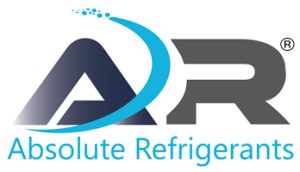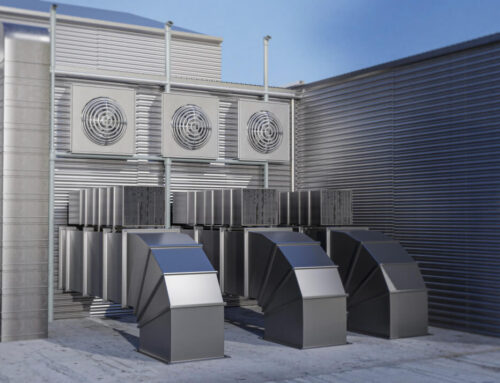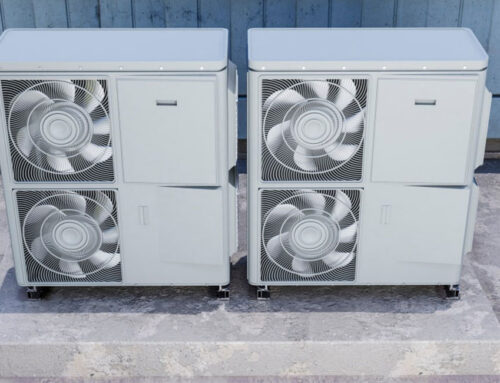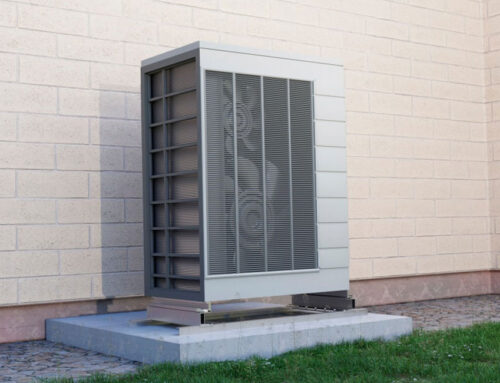What Happens if You Put R-410A in a R-22 System?
Want to learn more about what happens if you put R-410A in a R-22 system? In the past few years, both residential and commercial refrigeration enterprises have been transitioning from R-22 to R410-A refrigerants. But how do you know if you can use R410-A? Should you even try it? Accurate answers depend on the system you are planning to convert. One thing is for sure, the chemical properties of these two chemicals will make a difference to the safety of your entire system.
R-410A and R-22 are both refrigerants, but they are different in a lot of ways.
R-22 and R-410A are both refrigerants, but they are different in a lot of ways. R-22 is a chlorofluorocarbon (CFC) that has been banned by the Montreal Protocol due to its contribution to global warming. R-410A is an HFC that does not deplete the ozone layer but does contribute to global warming. Both refrigerants can be used for residential and commercial applications. The main difference between them is their operating pressures (which we will discuss later).
In addition, the main difference between R-22 and R-410A is the fact that they have different boiling points. The boiling point of R-22 is -40.8 degrees Celsius while the boiling point of R-410A is -48.5 °C degrees Celsius. This means that if you were to put R-410A into an R-22 system, it would boil off before it could reach the compressor. This means that your system would not be able to work efficiently and could cause damage to your equipment.
R-22 is a low-pressure refrigerant while R-410A operates at higher pressures.
When you combine these two different systems, you can very easily cause damage to your equipment, or worse, harm yourself. If you put R-410A into an R-22 system, the compressor will not be able to handle the higher pressure and will blow the seals off of the compressor. In addition, if enough of this refrigerant leaks into your home’s air ducts and gets circulated throughout your home’s HVAC system, it could cause harm to your family.
If you have an existing system that uses R-22 and you want to switch over to R-410A, you will need to replace the compressor with one that is compatible with this new type of refrigerant. This is not only for safety reasons but also for efficiency reasons as well.
If you put R410-A into an R-22 system, the parts will rupture due to the increased force.
Mentioned above, R410A is a higher-pressure refrigerant than R-22 and has a lower boiling point. So if you put it into an existing system that was designed for R-22, it will try to push out of the system until it finds equilibrium with the rest of the house’s air temperature. This will cause over-pressurization in your home.
As a result, it is possible that all components in your system will fail, including your compressor and any valves or coils. It will also destroy your expansion tank and other components designed to keep pressures within safe operating limits.
The best conversion method is to replace the whole system with new high-efficiency equipment. This ensures that there are no leaks or problems with any part of your system, plus it gives you more energy-efficient equipment than what you currently have installed.
Conclusion
Hopefully, by now, you’ve learned why using R-22 in an R-410 system is a bad idea. If you’re not sure whether or not your system can safely handle any refrigerant you have, it’s best to check with a professional before proceeding. Plus, you’ll want to be sure that any refrigerant you add will be compatible with the system it’s going into. It’s important to match refrigerant with the climate conditions and needs of the application, and that’s what makes these combinations so effective.
If you have any further questions regarding the refrigerant that you are dealing with, then don’t hesitate to contact our staff of refrigerant professionals at Absolute Refrigerant.







